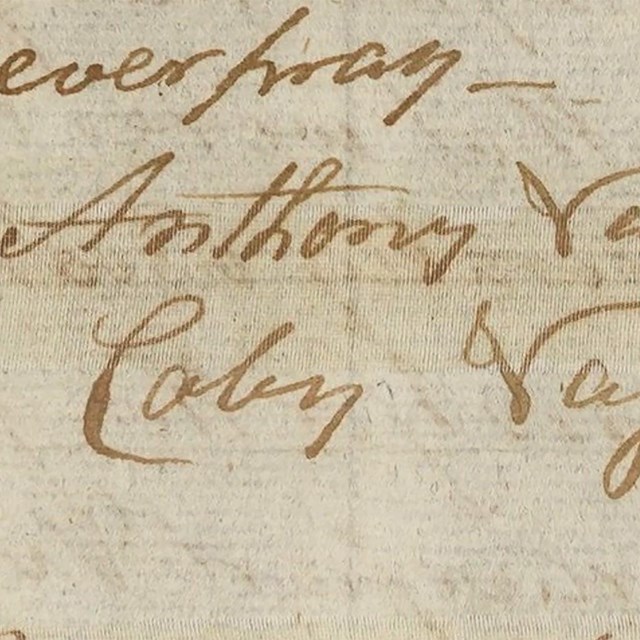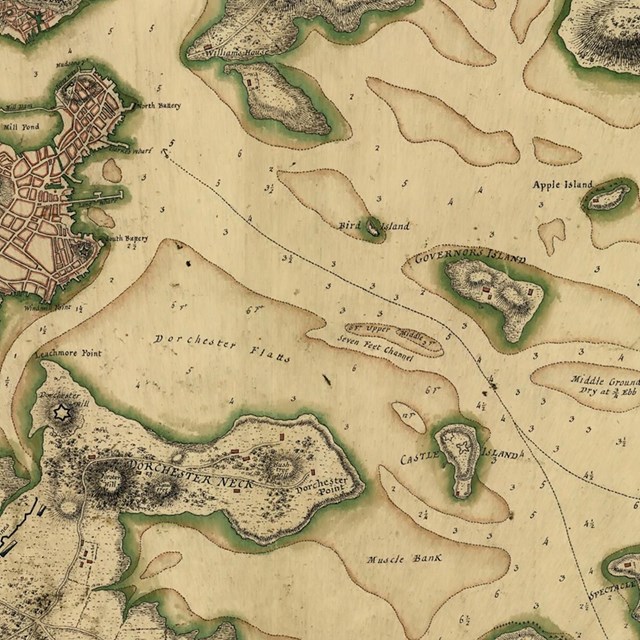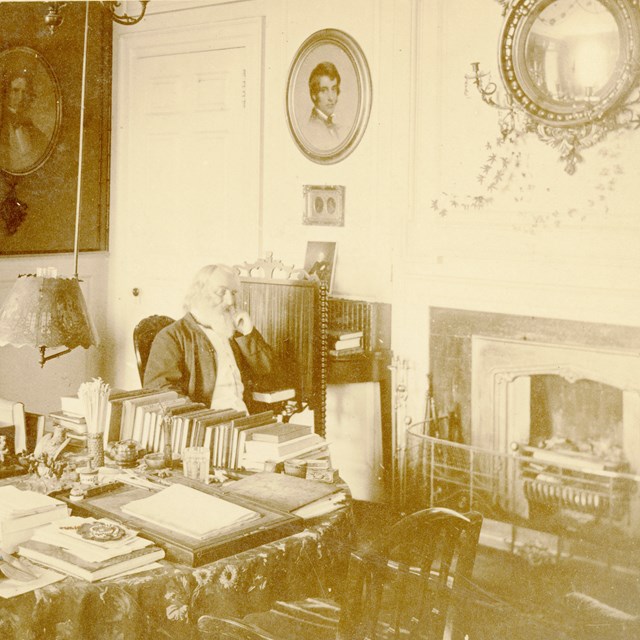|
Explore the history of the poet’s descendants and their family’s legacy of preservation, activism, and cultural change in the 1900s. Before the Vassall-Craigie-Longfellow House became a national historic site in 1972, the Longfellow family and the Longfellow House Trust carefully preserved the site, along with the stories and artifacts connected to its legacies. Longfellow’s descendants both shaped and were shaped by their times, navigating two world wars and rapid modernization. Their life experiences reflect broader histories of preservation, activism, and cultural change. The poet's brother Samuel Longfellow, daughter Alice Longfellow, and grandson Harry Dana offer insight into three generations of queer lives, spanning a period of shifting cultural attitudes toward same-sex relationships. The site’s history comes full circle in Alice Longfellow’s role as Vice Regent of the Mount Vernon Ladies’ Association, where she helped preserve George Washington’s home and plantation in Virginia, and through her philanthropic support for women’s, Black, and Indigenous higher education. Beyond the extended Longfellow family’s 113-year residency and George Washington’s nine-month stay, the Vassall-Craigie-Longfellow House holds a rich and layered history, shaped by many people who lived, worked, and visited over the centuries.
Visit our keyboard shortcuts docs for details
In the early 1900s, the Longfellow family began to actively preserve this house as a museum. Archivist Kate discusses the evolution of historic preservation at the site, from the Longfellow House Trust to the National Park Service.
Explore Other Eras
|
Last updated: May 30, 2025






